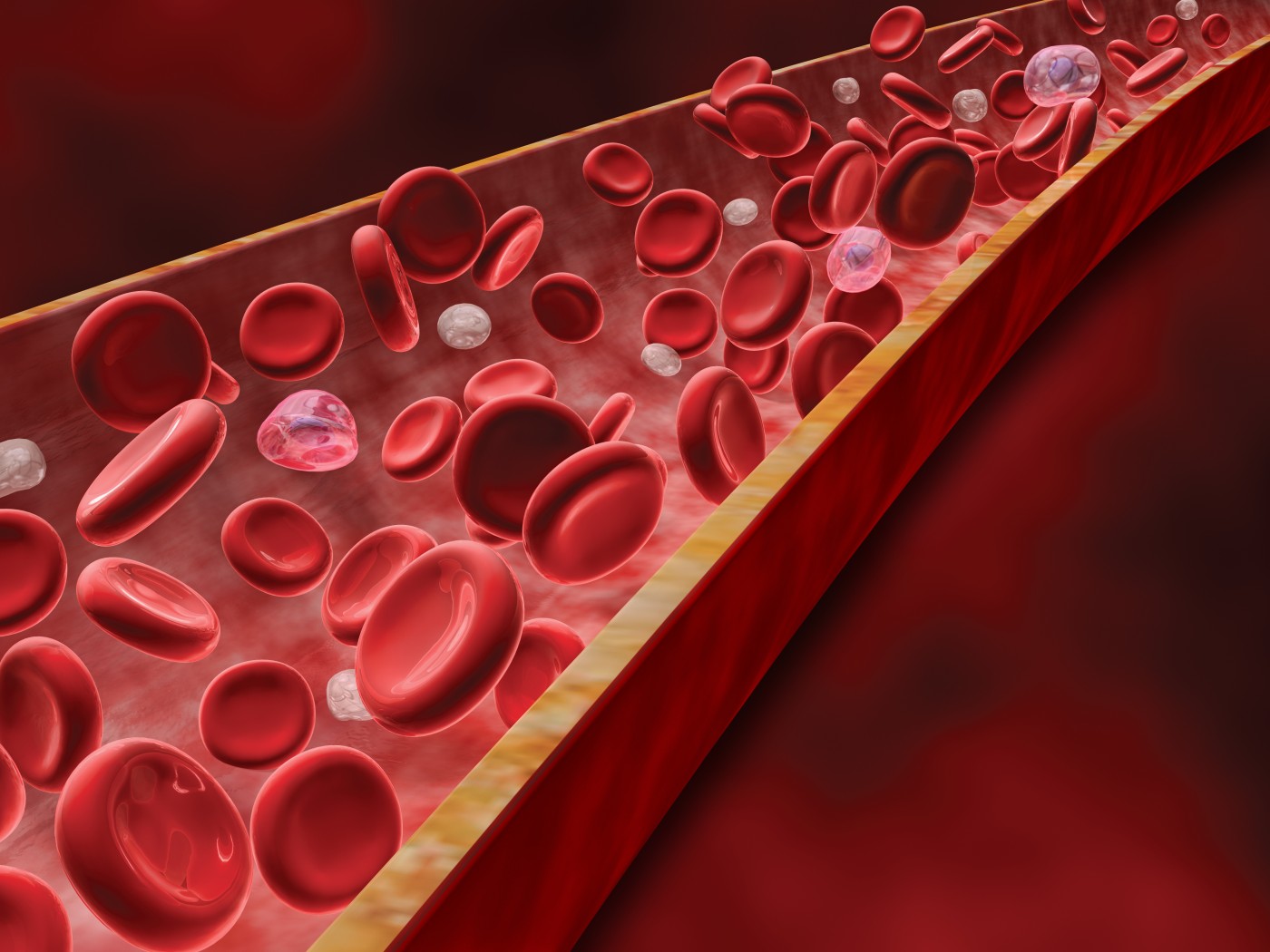PDE5 Blocker May Be an Effective Therapy for Early PH After Heart Attack, Study Suggests

Blocking the enzyme phosphodiesterase 5 (PDE5) is a potential new therapeutic strategy to treat early pulmonary hypertension (PH) in patients who have had a heart attack, a study suggests.
The research, “Pulmonary vasodilation by phosphodiesterase 5-inhibition is enhanced and nitric oxide-independent in early pulmonary hypertension after myocardial infarction,” was published in the The American Journal of Physiology-Heart and Circulatory Physiology.
Myocardial infarction, commonly known as heart attack, can lead to PH, which, if left untreated, can progress into a chronic state characterized by high mortality and few therapeutic options. In prolonged PH there is an imbalance between molecules that cause dilation of blood vessels (vasodilators) – such as nitric oxide (NO) – and molecules that constrict blood vessels (vasoconstrictors), such as endothelin. Long-term PH patients tend to have high levels of vasoconstrictors and low levels of vasodilators.
In early, mild PH after a recent heart attack, the production of nitric oxide through an enzyme called NO-synthase (NOS) is enhanced as a compensatory effect to dilate the blood vessels. Therefore, early PH, caused by the vasoconstriction of the pulmonary blood vessels, leads to the activation of NO synthesis as a method of restoring normal functions.
NO-induced vasodilation is mediated through a molecule called cGMP (cyclic guanosine monophosphate), with the signaling halted after cGMP was removed by the PDE5 enzyme. Blocking PDE5 prolongs the effect of NO, which was shown to ease the effects of pulmonary arterial hypertension (PAH).
These results led a team of researchers to hypothesize that the vasodilatory effects of inhibiting PDE5 could be used to improve early PH in patients who suffered a heart attack.
Researchers administered a PDE5-inhibitor – called EMD360527 – to healthy pigs used as controls and to pigs that suffered a heart attack. They then examined its effects in pigs at rest and during exercise.
At rest, blocking PDE5 caused pulmonary vasodilation in both control pigs and heart attack pigs, as shown by a decrease in the vessels’ resistance to blood flow. However, the vasodilation was more pronounced in the pigs who had a heart attack, as seen by an increase in stroke volume, or the volume of blood pumped per heartbeat.
This effect, caused by PDE5 inhibition on pulmonary vasodilation and stroke volume, was maintained when pigs were exercising, which indicated that blocking the enzyme could improve exercise capacity in patients who develop PH secondary to a heart attack.
To determine how PDE5 inhibition is exerting its effect, researchers blocked NOS and then administered the PDE5 inhibitor. They still detected an increase in vasodilation in both healthy pigs and pigs that had suffered heart attacks, indicating that blocking PDE5 works to cause vasodilation independently of the NO-mediated pathway.
Overall, these results suggest that “PDE5-inhibition represents an interesting pharmacotherapeutic approach in early PH following a recent [heart attack], to prevent overt PH,” the study concluded.







